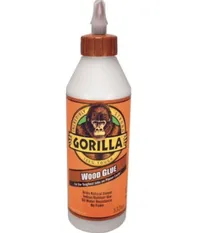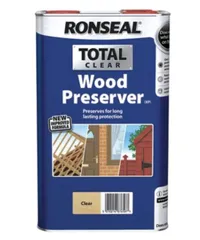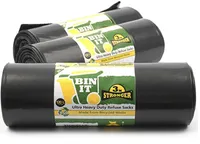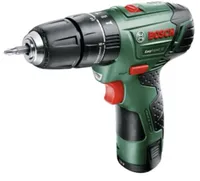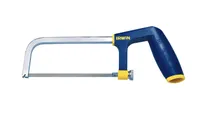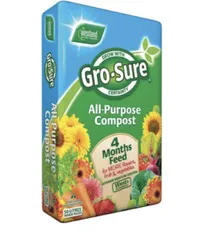This wheelie bin store is a green-fingered DIYer's dream – and can be made in a day
Want a wheelie bin store that doesn't cost a fortune, is easy to make and looks good? Follow this Instagrammer's easy DIY project. We love!
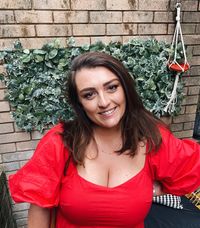

It's #NationalDIYWeek and we're celebrating by sharing our favourite Instagrammer DIYs this week. Yesterday, it was a five-day bedroom makeover for under £500, and today it's a wheelie bin store from Instagrammer @littleterracedhouse – because let's face it, bins are ugly and plants are pretty. And what better way to spend a Saturday than making this easy project?
All that's required is some timber, a few tools you're bound to have already, some compost and plants. Want to know she recreated the look? Keep scrolling...
- How to make a DIY plant stand for indoors or out
- How to make a DIY bedside table for under £10
How to make a wheelie bin store
1. The first step of making your very own bin shed is all the measuring. You need to allow enough room for your specific size bins and for each one's lid to open, too. For full cutting steps and specific sizes, visit Mel's blog.
2. After collecting all your materials, you'll need to treat every piece of wood in order for it to withstand the weather. Once the wood is dry, you can start to assemble the framework. Use wood glue and screws to assemble the frame, then add the metal bars (these will secure the planters in place).
3. Using the same method of gluing and then screwing, now comes the job of making the planter boxes, being sure to leave a gap down one side for drainage; these will need a bottom as well as sides.
4. Next, pop the plant boxes on the bin shed where you'd like them to sit and measure where you need to secure them in place from underneath. Using wood glue and screws again, attach small wooden blocks beneath each box so that when they're placed on top, they're secure.
5. Before planting, you'll need to line the box with heavy duty bin liners. Then comes the soil, and then simply pop in the plants and succulents you like.
Want more? Watch the full process on her Instagram stories. Check out the process over at her blog – LittleTerracedHouse.
WANT TO COPY THIS DIY? HERE'S WHAT YOU NEED
For the base of the structure, Mel used Wickes' Treated Sawn Timber and for the planters, she used different sized Treated Sawn Timber. As for everything else...
Wood Glue | From £4
Wickes sell lots of wood glue to choose from depending on your budget and the size bottle needed. Their top rated one is the Gorilla Wood Glue.
Ronseal Total Wood Preserver Clear | £32 at Wickes
Although expensive, this wood preserver is a clear winner in our eyes. It has 12 reviews rating it 4.8 out of five, and it's mighty strong so will be sure to warn off woodworm and prevent rotting all while preserving natural colour.
BIN IT 120 Litre XL Refuse Sacks | £5.99 at Amazon
These heavy duty bin liners will be sure to do the job of lining your planter boxes. And afterwards, they can hold the clean up, too. Even better? They're eco friendly since each one is made from recycled waste.
Bosch EasyImpact 12V 2.5Ah Li-Ion Cordless Impact Drill | £40 at Wickes
Don't own a drill? We encourage you to purchase this one. It's a bargain, it's cordless for your convenience and it's made from leading power tool brand Bosch.
Irwin Junior Hacksaw | £8.58 at B&Q
You'll need this hacksaw to cut through the metal bars that hold the planter boxes in place. This is among B&Q's best rated and afterwards it's handy to have for your next DIY...
Gro-Sure All-Purpose Compost | £5.50 at Wickes
This 50 litre bag of compost is a bargain AND it contains four months worth of feed inside to make maintenance a little easier at the start. Pop your plants and succulents in these and they'll be healthy as ever.
Get small space home decor ideas, celeb inspiration, DIY tips and more, straight to your inbox!
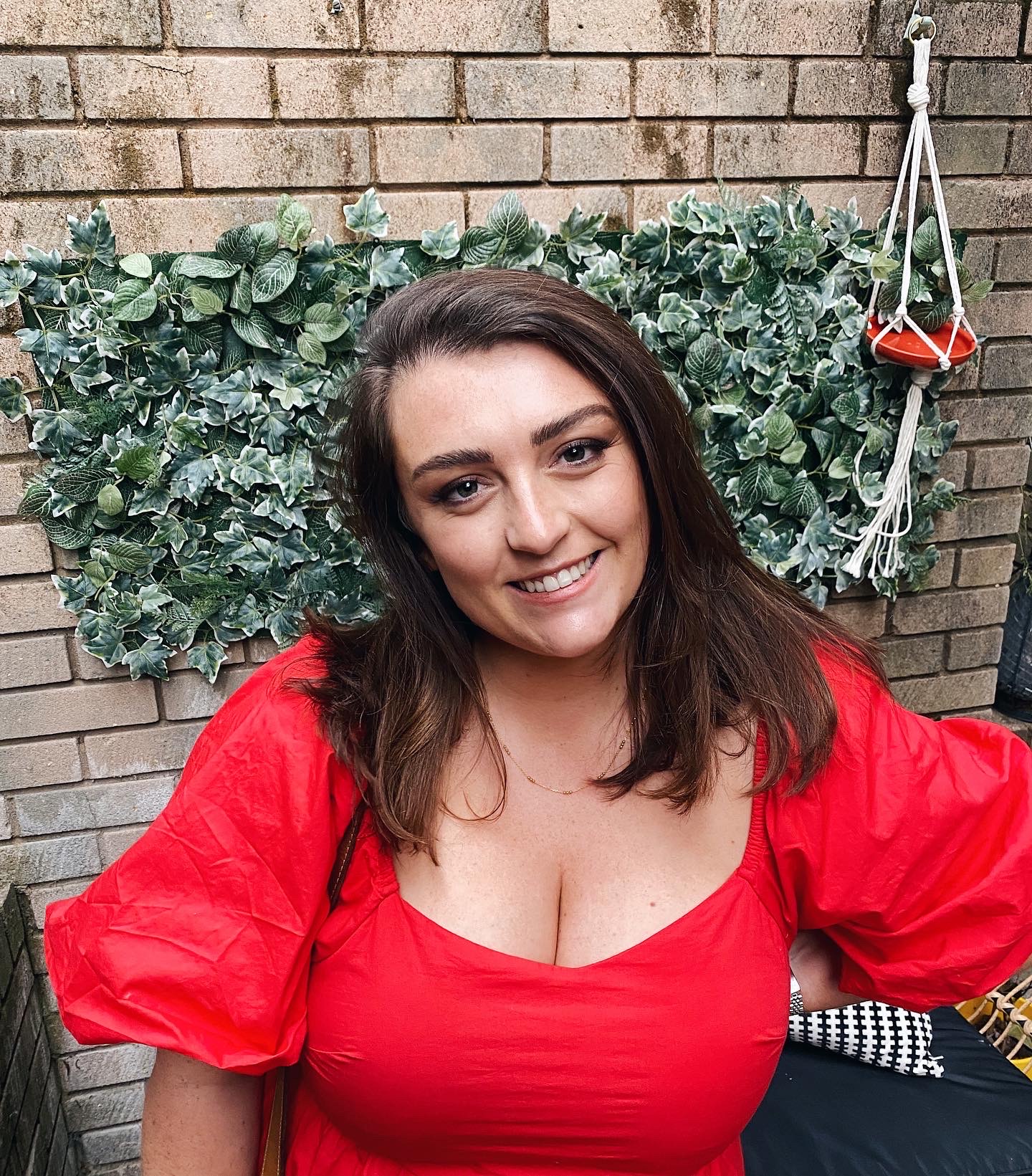
Hi! I'm Annie, and I'm the Head Ecommerce Editor at Real Homes. I've been part of the Real Homes team since 2018, when I joined as Deals Editor. Along with covering major sales events — from Black Friday to Amazon Prime Day — I review home must-haves so that you can buy with peace of mind. Mostly focusing on home fragrance and sleep, as well as a few vacuum cleaners, I've tested pretty much every item you can think of that you need in your home. I live on the outskirts of the city in a two-bed apartment with my husband and my pug, Doug. So I am always searching for compact alternatives and ways to save floor space. What about when I am not typing away? Well, you'll find me enjoying an iced coffee (no matter the season) and trying out the latest brunch spots the city has to offer, or booking my next holiday. Where else can you find my words? Livingetc, Homes & Gardens, Ideal Home, Gardeningetc, and Woman & Home.
